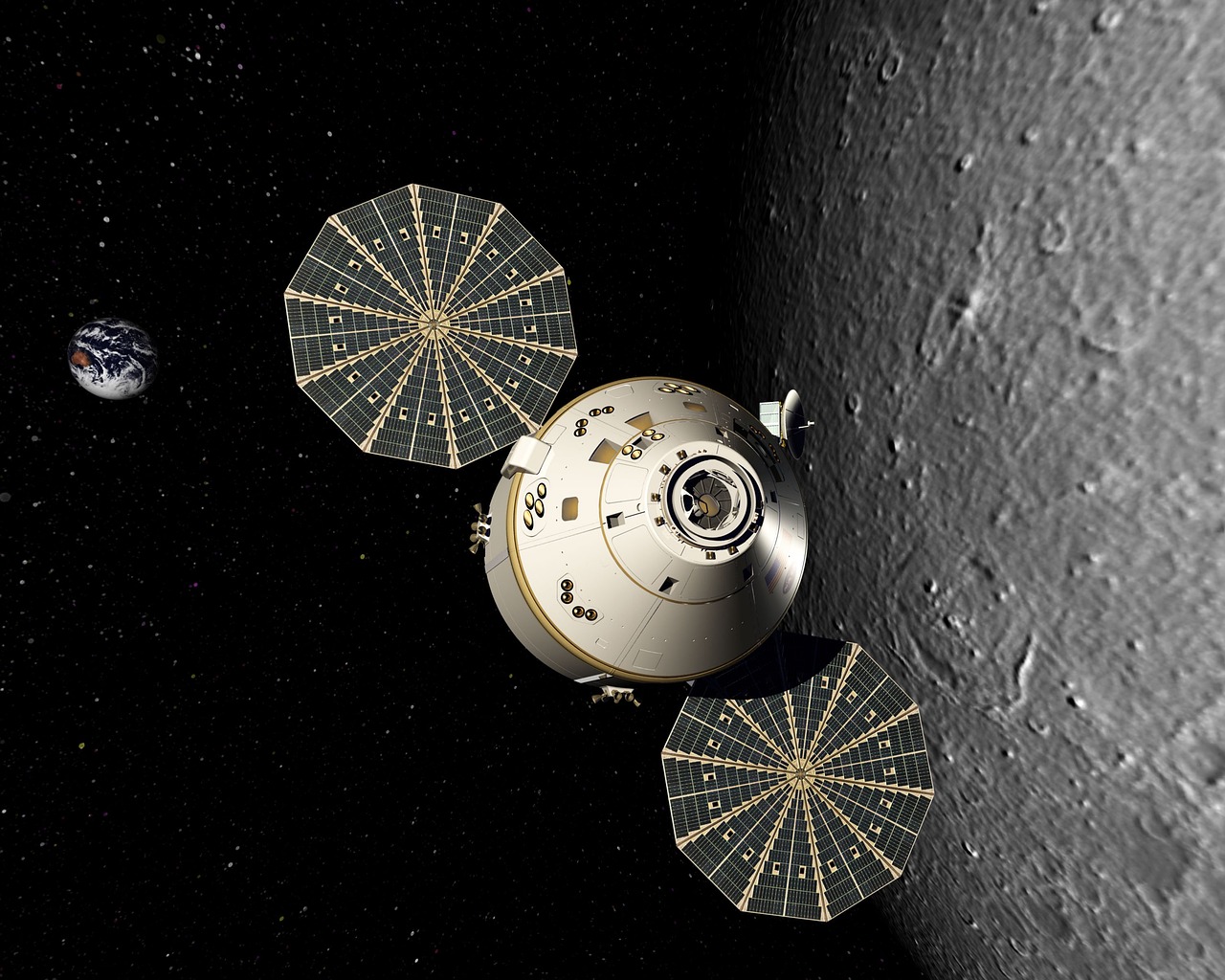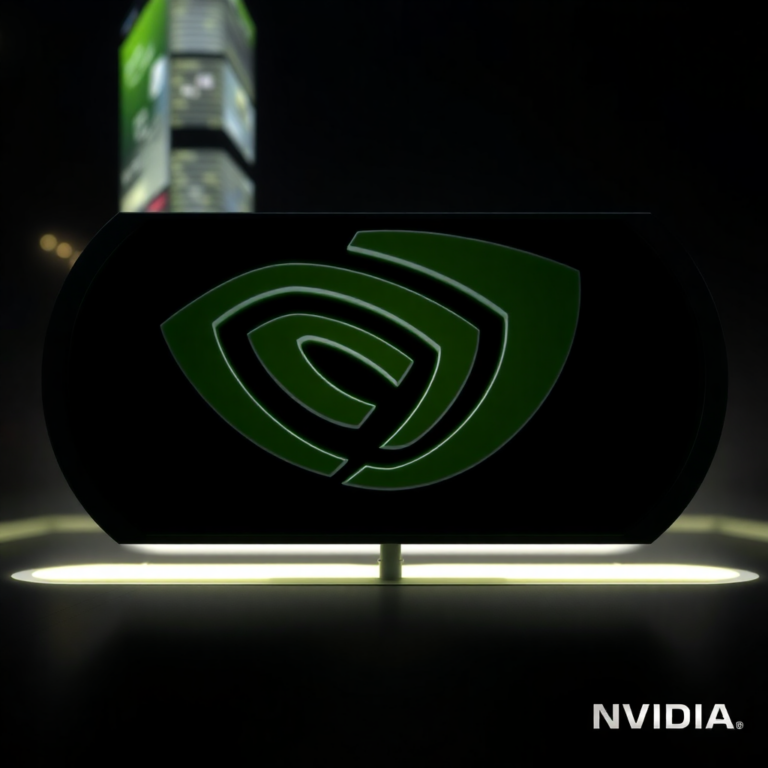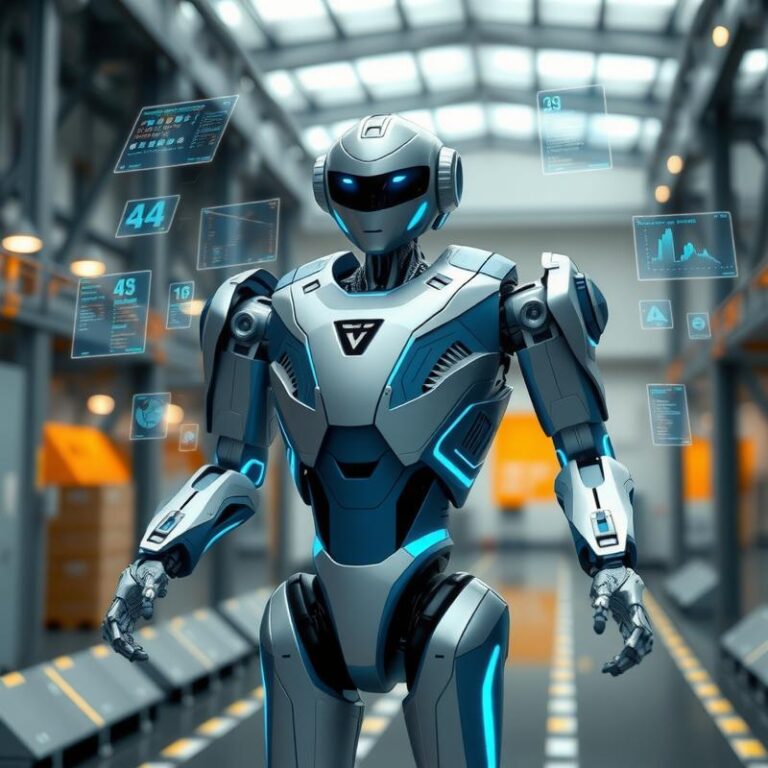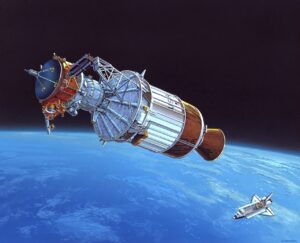As the International Space Station (ISS) continues to serve as a hub for scientific research and international cooperation, a new chapter in its operational capabilities unfolds with the introduction of Boeing’s CST-100 Starliner spacecraft. This vehicle is designed to transport crew and cargo to low Earth orbit (LEO). The ongoing collaboration between NASA and Boeing marks a significant milestone in commercial spaceflight, bringing innovative technologies and practices to the forefront of space exploration.
Overview of the Starliner System
The CST-100 Starliner is a state-of-the-art spacecraft designed to carry up to seven passengers or a combination of crew and cargo to the ISS and other LEO destinations. It is part of NASA’s Commercial Crew Program, which aims to foster private sector involvement in space exploration and reduce costs. The spacecraft is equipped with advanced safety features, including a launch abort system that can propel the crew to safety in case of an emergency during ascent.
The Starliner is designed for reusability, capable of flying up to ten missions with minimal refurbishment between flights. This reusability feature is a key component in reducing the cost of access to space, making it more accessible for both government and commercial missions.
Astronauts’ Role in Testing Starliner Systems
Astronauts aboard the ISS play a critical role in testing and validating the systems of the Starliner spacecraft. These tests are essential to ensure the spacecraft’s readiness for future crewed missions. The crew conducts a series of checks, including communication systems, environmental controls, and life support systems. They also simulate various mission scenarios, such as docking and undocking procedures, to validate the spacecraft’s autonomous systems.
One of the unique aspects of the Starliner is its ability to dock autonomously with the ISS. This capability reduces the workload on astronauts and ground control teams, allowing for more efficient operations. However, astronauts remain ready to intervene manually if needed, ensuring the safety of the mission.
Preparing for Cargo Delivery
In addition to carrying astronauts, the Starliner is designed to deliver cargo to the ISS. This capability is crucial for resupplying the station with essential items, including food, equipment, and scientific experiments. The cargo delivery systems of the Starliner are designed to be flexible, accommodating a wide range of payloads.
Astronauts are preparing for the arrival of the Starliner with a cargo mission. This preparation involves coordinating with ground teams to manage the logistics of unloading and storing cargo on the station. The ISS has limited storage space, so careful planning is required to ensure efficient use of available resources.
The Impact on Space Station Operations
The introduction of the Starliner and other commercial spacecraft, such as SpaceX’s Crew Dragon, has significantly impacted space station operations. These new vehicles provide redundancy and flexibility, ensuring continuous crew and cargo access to the ISS. This capability is essential for maintaining the station’s operations and supporting its mission of scientific research and international cooperation.
The increased frequency of crew and cargo flights also enables a greater diversity of research on the ISS. Scientists on Earth can send experiments to the station more frequently, taking advantage of the unique microgravity environment to conduct studies that are impossible to replicate on Earth. The results of these studies have wide-ranging applications, from understanding the fundamental properties of materials to developing new medical treatments.
Looking to the Future
The ongoing collaboration between NASA and commercial partners like Boeing is paving the way for the future of human space exploration. The success of the Starliner and other commercial spacecraft will be crucial for upcoming missions beyond low Earth orbit, including the Artemis program, which aims to return humans to the Moon and eventually send astronauts to Mars.
As technology continues to advance, we can expect to see further innovations in spacecraft design and operations. The lessons learned from the ISS and commercial crew programs will inform the development of new vehicles and systems, ensuring the safety and success of future missions.
Conclusion
The recent tests and preparations involving the CST-100 Starliner are a testament to the dedication and collaboration of astronauts, engineers, and scientists working towards the common goal of advancing human space exploration. As we look to the stars, the Starliner represents a significant step forward in our journey to explore the cosmos, making space more accessible and opening new possibilities for research and discovery.












